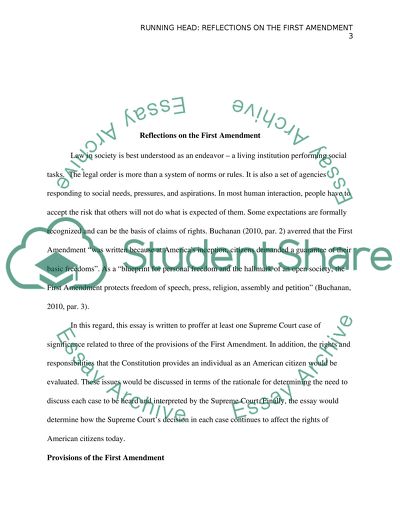Cite this document
(Supreme Court Case of Significance Term Paper Example | Topics and Well Written Essays - 2000 words, n.d.)
Supreme Court Case of Significance Term Paper Example | Topics and Well Written Essays - 2000 words. Retrieved from https://studentshare.org/law/1567799-reflections-on-the-first-amendment
Supreme Court Case of Significance Term Paper Example | Topics and Well Written Essays - 2000 words. Retrieved from https://studentshare.org/law/1567799-reflections-on-the-first-amendment
(Supreme Court Case of Significance Term Paper Example | Topics and Well Written Essays - 2000 Words)
Supreme Court Case of Significance Term Paper Example | Topics and Well Written Essays - 2000 Words. https://studentshare.org/law/1567799-reflections-on-the-first-amendment.
Supreme Court Case of Significance Term Paper Example | Topics and Well Written Essays - 2000 Words. https://studentshare.org/law/1567799-reflections-on-the-first-amendment.
“Supreme Court Case of Significance Term Paper Example | Topics and Well Written Essays - 2000 Words”. https://studentshare.org/law/1567799-reflections-on-the-first-amendment.


